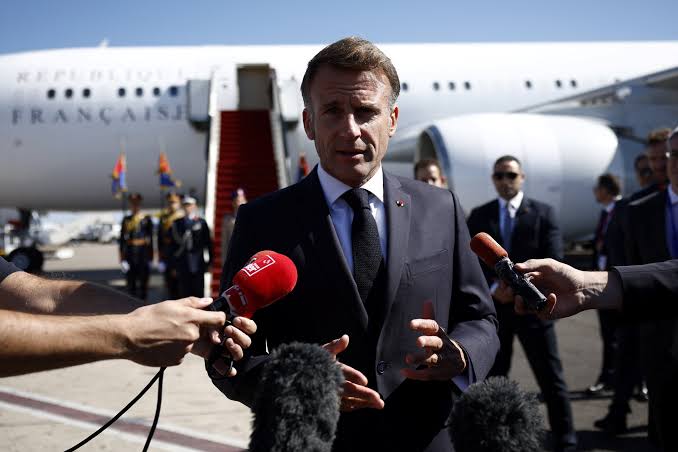Chatbot Platform Character.AI, Unveils Video generation, and Social Feeds Features
Chatbot platform, Character.AI, has disclosed that it is implementing a series of multimedia capabilities.
In a blog post, the stated features include: AvatarFX and Character. The video-generation model of AI, in addition to scenes and streams, enables users to generate videos that showcase their characteristics and subsequently share them on a new social feed.
The company stated in a blog post that AI originated as a 1:1 text conversation and is now evolving to encompass a wide range of capabilities, as a result of the feedback from its users regarding the platform’s features.
Character.AI initiated the distribution of AvatarFX to subscribers last month; however, all users are now permitted to generate up to five videos per day.
Users have the ability to upload a photograph to serve as the foundation for a video segment, select a voice, and compose dialogue for the character when utilizing AvatarFX to create a video.
Although there is an option to upload an audio sample to inform the sound of the voice, this feature was not functioning adequately during the implementation.
Users have the ability to convert these videos into Scenes, which allow their characters to enter pre-populated storylines that have been created by other users.
Scenes are currently accessible on the mobile application; however, Streams, which enable users to generate “dynamic moments between any two Characters,” will be accessible on both the web and mobile platforms this week.
The mobile application will shortly include a new community interface that will allow users to share these Scenes and Streams.
The potential for abuse of these products is also increased as Character.AI expands its multimedia offerings.
The platform prevents users from uploading photographs of actual individuals, regardless of whether they are celebrities or not.
It also obscures their visage into a less recognizable form, as Character.AI informed the media, when it announced AvatarFX.
However, when it comes to artwork that features celebrities, Character.AI does not identify the images as real persons.
Hence, these types of representations are less likely to lead an individual to believe that a deepfake is genuine.
“Our objective is to establish a secure environment that encourages creativity and is engaging for all individuals,” stated Character.AI stated in its blog post.
news via inbox
Get the latest updates delivered straight to your inbox. Subscribe now!




